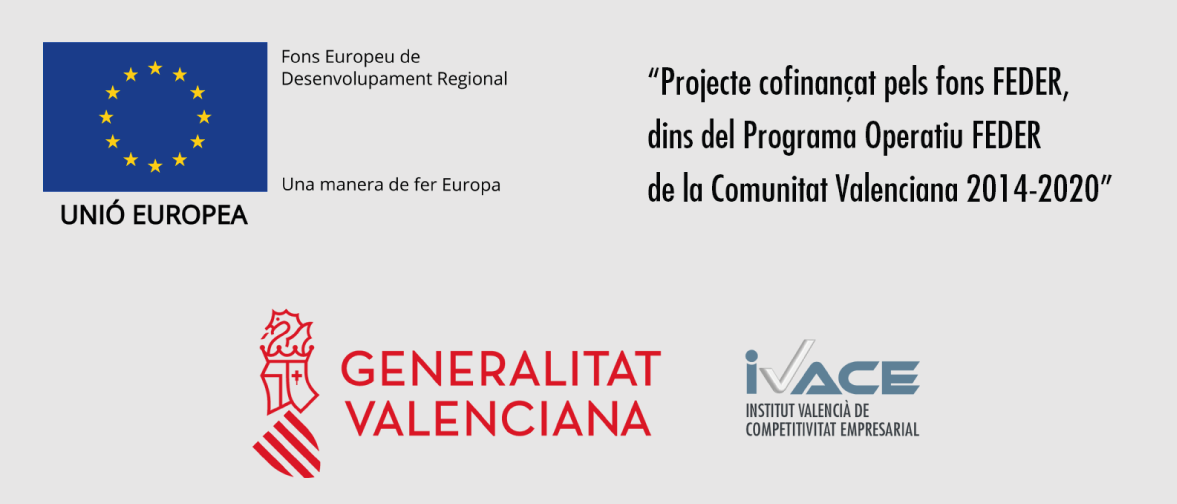2.2.1 - Prepare your experiment for the mapping & counting analysis
From
the previous analyses, you should have the following; 1) the RNASeq app connected
with the server side, 2) the data and material provided in the 1.2 section, 3)
your directory folder selected (and accessible via the directory browser), and
4) access to your user account via the FTP browser of RNASeq.
When you are ready, go to your user account in the local host and create a folder named “Mapping_counting”. Inside this folder you should then create the following subfolders:
02_preprocessed_reads: to deposit results of the preprocessing analysis.03_refseq: to deposit for the fSpaAur1.1 reference transcriptome.
04_ mapping: to deposit for the results from mapping step.
05_postprocessing: to deposit the results from the transcriptome clustering and quantification.
06_differential_expression: to deposit or the results of the differential expression analysis.
07_ go_enrichment_analysis: to deposit for the GO enrichment results from GOseq analysis.
You do not need to create the folders “00_raw_data” and “01_quality_analysis” because the preprocessing steps are common for both protocols “Tophat/Hisat2 & Cufflinks” and “Mapping & counting”. See the next Section 2.2.2 for more details.
Next, open RNAseq and go to the Step-by-Step menu path RNASeq Protocols → Step-by-Step Mode → Mapping & Counting Protocol. A new submenu will appear in the workspace organizing the different steps that are required to perform the analysis (Preprocessing, Mapping, Postprocessing, Diff. Expression, GOseq).

